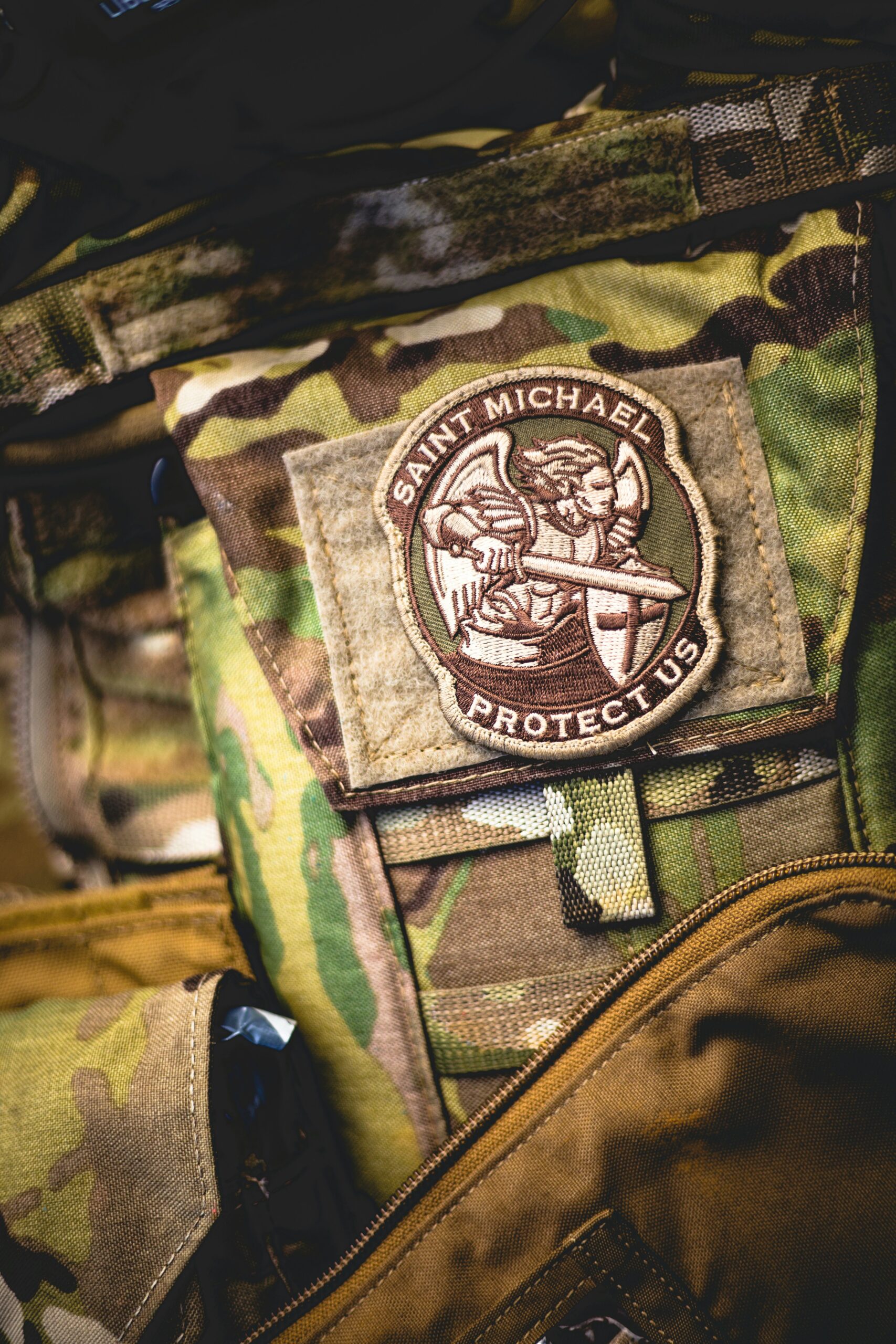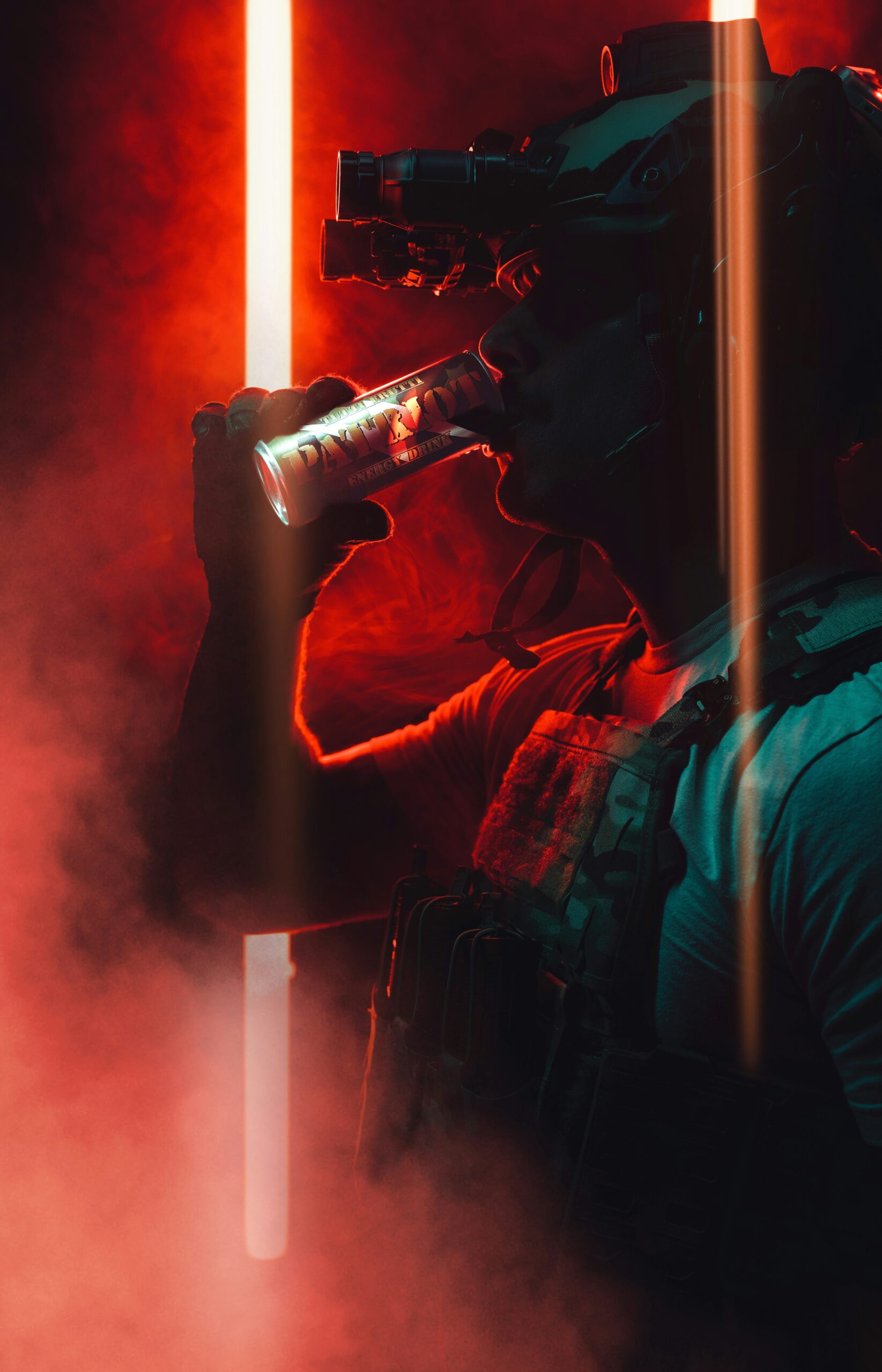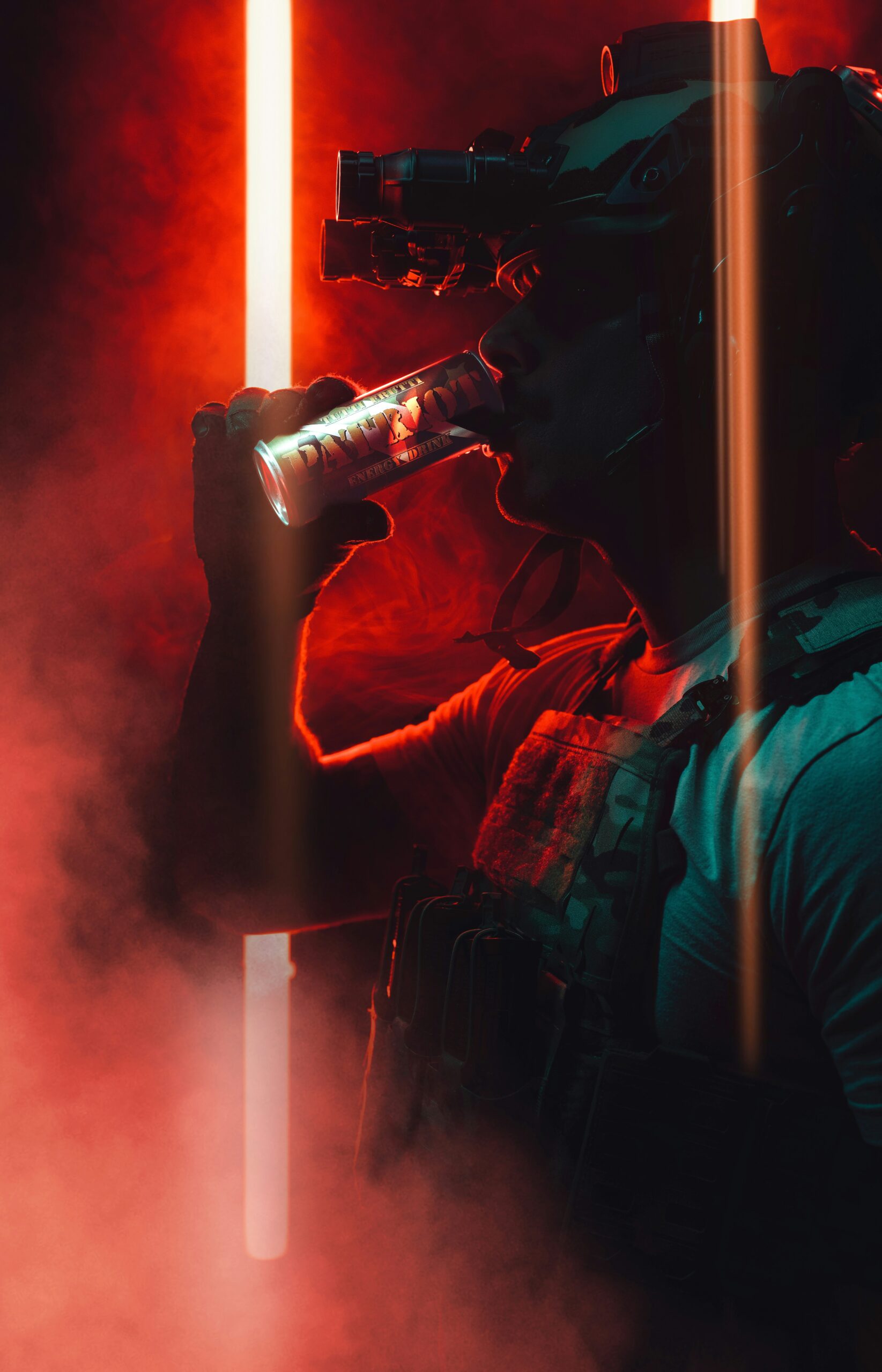Have you ever wondered how often you should replace your camouflage outdoor gear? Whether you’re an avid hunter, fisherman, or outdoor enthusiast, making sure your gear is in top shape is essential for a successful and enjoyable experience. In this article, we’ll explore the factors that determine when it’s time for a gear upgrade, from wear and tear to advancements in technology. So grab your favorite mug of coffee and let’s dive into the world of outdoor gear longevity!

Understanding Camouflage Outdoor Gear Lifespan
Camouflage outdoor gear is an essential component for outdoor enthusiasts, hunters, and military personnel alike. However, it is important to understand the lifespan of this gear to ensure optimal performance and functionality. A variety of factors can influence the longevity of camouflage gear, from wear and tear to the impact of weather and environment. By understanding these factors and taking proper care of your gear, you can ensure that it remains in top condition for an extended period of time, maximizing its value and effectiveness.
Determining Factors of Gear Lifespan
The lifespan of camouflage outdoor gear can be influenced by several factors. One of the most significant factors is the quality of the gear itself. Higher-quality gear tends to be more durable and can withstand the rigors of outdoor activities for a longer period of time. Additionally, the frequency of use and the conditions in which the gear is used can also impact its lifespan. Regular use, especially in challenging environments, can cause wear and tear on the gear, while infrequent use can lead to the gear deteriorating over time due to lack of maintenance and exposure to the elements.
Typical Lifespan of Common Camouflage Gear
While the lifespan of camouflage gear can vary depending on several factors, it is helpful to have a general understanding of the typical lifespan of common gear. For instance, camouflage clothing, such as jackets and pants, can last anywhere from 3 to 5 years with proper care and maintenance. Footwear, such as camouflage boots, can have a similar lifespan, although it may be shorter if subjected to harsh conditions or frequent use. Other gear, such as backpacks and tents, can have longer lifespans, ranging from 5 to 10 years, again depending on usage and maintenance.
Signs Your Camouflage Gear Needs Replacement
It is important to recognize the signs that your camouflage gear may need replacement. Continuing to use gear that is worn out or deteriorated can compromise its effectiveness and even put your safety at risk. Here are some common signs to look out for:
Wear and Tear Signs
Inspect your gear regularly for signs of wear and tear. This can include frayed seams, holes, or tears in fabric, loose threads, or broken zippers. If you notice any of these signs, it may be time to replace your gear to ensure its proper functionality.
Fade in Camouflage Print
Over time, the camouflage print on your gear may fade due to exposure to sunlight, washing, or other environmental factors. Faded camouflage can make you more visible and less effective in outdoor activities, so consider replacing your gear if the print has significantly faded.
Structural Lowering in Quality
Pay attention to any significant loss of structural integrity in your gear. This can include things like a weakened frame in a backpack, bent or broken tent poles, or a sole that is coming detached from a boot. If the structural quality of your gear has significantly decreased, it may be time to invest in new equipment.

The Impact of Frequency of Use on Lifespan
How often you use your camouflage gear can have a significant impact on its lifespan. Regular use can cause wear and tear, especially if you engage in activities that put extra strain on the gear, such as hiking in rough terrain or crawling through dense vegetation. However, infrequent use can also lead to the deterioration of gear if it is not properly maintained and stored. It is important to strike a balance and ensure that your gear is used regularly enough to stay in good condition but not overused to the point of excessive wear and tear.
Effect of Regular Use
Frequent use of camouflage gear can lead to faster wear and tear. The more you use the gear, the more it is exposed to the elements, friction, and other factors that can cause damage. Regular use also increases the likelihood of encountering situations that can put strain on the gear, such as brushes with sharp branches or rocks. Therefore, if you use your camouflage gear regularly, you may need to replace it sooner than someone who uses it less frequently.
Impact of Infrequent Use on Gear
On the other hand, infrequent use of camouflage gear can also have negative consequences on its lifespan. When gear is not used regularly, it may be more susceptible to deterioration from lack of maintenance and exposure to the elements. Moisture, mold, and pests can wreak havoc on gear that is stored for long periods without being properly cleaned and cared for. Therefore, even if you don’t use your gear frequently, it is important to make sure it is properly maintained and stored to preserve its lifespan.
The Role of Weather and Environment
The weather and environment in which you use your camouflage gear can have a significant impact on its lifespan. Different weather conditions can cause varying levels of damage to gear, while the environment in which you use the gear can expose it to additional stressors.
Effects of Different Weather Conditions
Extreme weather conditions, such as heavy rain, snow, or intense heat, can take a toll on camouflage gear. Water can seep into fabrics and cause them to become waterlogged or develop mold and mildew. Intense heat can cause fabrics and materials to deteriorate and lose their effectiveness. It is important to consider the weather conditions you will be using your gear in and choose gear that is suited to handle those conditions. Additionally, taking proper care of your gear after exposure to harsh weather can help prolong its lifespan.
How Environment Impacts Camouflage Gear
The environment in which you use your camouflage gear can also play a role in its lifespan. If you frequently engage in activities that expose your gear to abrasive surfaces, such as rocks or rough terrain, it can cause faster wear and tear. Similarly, if you often find yourself in dense vegetation or heavily wooded areas, your gear may be subjected to more snags and tears. It is important to choose gear that is specifically designed for the environments in which you will be using it to ensure maximum durability and longevity.

Importance of Proper Maintenance and Storage
Proper maintenance and storage of your camouflage gear are crucial to extending its lifespan and ensuring optimal performance. Taking the time to clean and care for your gear after each use and storing it in appropriate conditions can make a significant difference in how long it lasts.
Cleaning and Care for Outdoor Gear
Cleaning your camouflage gear after each use is essential to remove dirt, sweat, and other contaminants that can cause damage over time. Follow the manufacturer’s instructions for cleaning your specific gear, such as using a gentle detergent or specialized cleaning products designed for outdoor gear. Regularly inspect your gear for any signs of damage or wear and tear and address them promptly to prevent further deterioration. In addition to cleaning, proper care also includes maintaining waterproofing, lubricating zippers, and ensuring straps and buckles are in good working condition.
Ideal Storage Conditions
Proper storage is just as important as proper maintenance for ensuring the longevity of your camouflage gear. Store your gear in a cool, dry place that is free from excessive humidity and direct sunlight. Exposure to moisture can lead to mold and mildew growth, while prolonged exposure to sunlight can cause fabrics and materials to degrade. If possible, store your gear in breathable bags or containers that provide protection from dust and pests. Avoid compressing or folding gear for extended periods, as this can cause permanent creases or damage to materials.
Quality vs Quantity of Camouflage Gear
When it comes to camouflage gear, it is important to strike a balance between quality and quantity. Investing in high-quality gear can often be more cost-effective in the long run, as it tends to be more durable and longer-lasting. However, having multiple gear sets can also offer its own advantages.
Investing in High-Quality Gear
High-quality camouflage gear is typically made from durable materials and constructed with attention to detail. While it may come with a higher price tag upfront, it often outlasts lower-quality gear, which may need to be replaced more frequently. Investing in high-quality gear can save you money in the long run, as you won’t need to replace it as frequently. Additionally, high-quality gear often offers better functionality, comfort, and performance, which can enhance your outdoor experience.
Pros & Cons of Having Multiple Gear Sets
Having multiple gear sets can provide flexibility and convenience, especially if you engage in a variety of outdoor activities or need specialized gear for different environments. However, it is important to consider the pros and cons of this approach. On the positive side, having multiple gear sets allows you to tailor your equipment to specific activities or weather conditions. It also reduces the wear and tear on each individual set of gear, which can extend their overall lifespan. However, having multiple sets of gear can also be more expensive and may require additional storage space. Additionally, if you don’t use all of your gear regularly, it may still deteriorate over time if not properly maintained and stored.
Dealing with Damaged Camouflage Gear
Despite your best efforts to take care of your camouflage gear, accidents and damage can still occur. When faced with damaged gear, it is important to assess whether it can be repaired or if replacement is necessary.
When to Repair Instead of Replace
Minor damage, such as small tears or broken zippers, can often be repaired rather than replaced. Many outdoor gear manufacturers offer repair services or provide instructions for DIY repairs. Assess the extent of the damage and consider the cost and feasibility of repairing versus replacing the gear. If the damage is minimal and the repair cost is reasonable, repairing the gear can be a viable option.
Assessing Damage: Fixable or Not
However, not all damage is easily fixable or cost-effective to repair. If the gear has suffered significant structural damage or if the cost of repair outweighs the value of the gear, it may be time to consider replacing it. Additionally, if the damage compromises the safety or functionality of the gear, it is not worth the risk to continue using it. Assess the damage objectively and consult with professionals or manufacturer guidelines to determine the best course of action.
The Role of Technological Advancements in Camouflage Gear
As technology continues to advance, so does the world of camouflage gear. New innovations in camouflage material can significantly impact the lifespan of gear and create a need for replacement.
New Innovations in Camouflage Material
Advancements in textile technology and camouflage design have led to the development of new materials that are more durable, lightweight, and better at blending into natural surroundings. These innovations can enhance the lifespan of gear by improving its resistance to wear and tear, moisture, and UV damage. Additionally, advancements in printing techniques have resulted in more realistic and effective camouflage patterns, further increasing the performance of gear.
How Advancements Could Cause a Need for Replacement
While technological advancements in camouflage gear are exciting, they can also create a need for replacement. As new materials and designs become available, older gear may not offer the same level of performance or functionality. Over time, advancements in camouflage patterns may make older gear less effective at providing concealment. Therefore, it is important to stay informed about the latest innovations in camouflage gear and consider upgrading when necessary to ensure you have the most reliable and efficient equipment.
Impact on Hunting Success
For hunters, the lifespan of camouflage gear can have a direct impact on their overall hunting success. Outdated or damaged gear can decrease effectiveness and increase the risk of detection by prey animals.
How Old Camouflage Could Decrease Success
As camouflage gear ages, it may lose its ability to effectively blend into the natural environment. Faded or worn-out camouflage patterns can make hunters more visible to their prey, decreasing their chances of a successful hunt. Additionally, gear that is in poor condition may produce more noise or scent, further alerting animals to the presence of humans. It is crucial for hunters to regularly assess the condition of their camouflage gear and replace or repair it as needed to maintain optimal concealment and maximize their chances of a successful hunt.
Importance of Modern Camouflage Patterns
Modern camouflage patterns are designed to mimic the natural surroundings in which hunters operate, providing superior concealment and increasing the chances of a successful hunt. These patterns take into account the coloration and texture of specific environments, allowing hunters to blend in seamlessly. Upgrading to modern camouflage patterns can greatly improve hunting success and should be considered if your current gear is outdated or no longer effective.
Economic Considerations when Replacing Camouflage Gear
Replacing camouflage gear can have financial implications, so it is important to consider the cost analysis between replacing and repairing.
Cost Analysis of Replacing vs. Repairing
When faced with the decision to replace or repair damaged gear, it is essential to consider the cost analysis. Factors such as the cost of replacement gear, repair costs, and the expected lifespan of the repaired gear should be taken into account. If the cost of repair is significantly lower than the cost of replacement and the repaired gear is expected to last for a reasonable period, repair may be the more cost-effective option. However, if the repair costs are high or the repaired gear is likely to deteriorate quickly, replacement may be the better long-term investment.
Looking at Budget and Quality Relationship
While it may be tempting to opt for lower-priced gear to save money, it is important to consider the relationship between budget and quality. Higher-quality gear tends to be more durable and longer-lasting, ultimately providing a better value for your money. Investing in higher-quality gear may initially require a larger financial outlay, but it can save you money in the long run by reducing the frequency of replacement or repair. It is important to strike a balance between your budget and the quality of gear you invest in, ensuring that you are getting the best value for your money without sacrificing performance or durability.
In conclusion, understanding the lifespan of camouflage outdoor gear is essential for maximizing its value and effectiveness. Factors such as wear and tear, the impact of weather and environment, the frequency of use, and technological advancements can all influence the lifespan of gear. By properly maintaining and storing your gear, recognizing signs of damage, and making informed decisions about repair or replacement, you can ensure that your camouflage gear remains in top condition for the optimal duration. Ultimately, investing in high-quality gear, staying up to date with advancements, and considering the economic implications of replacement will help you make the most of your camouflage outdoor gear and increase your chances of a successful outdoor experience.

